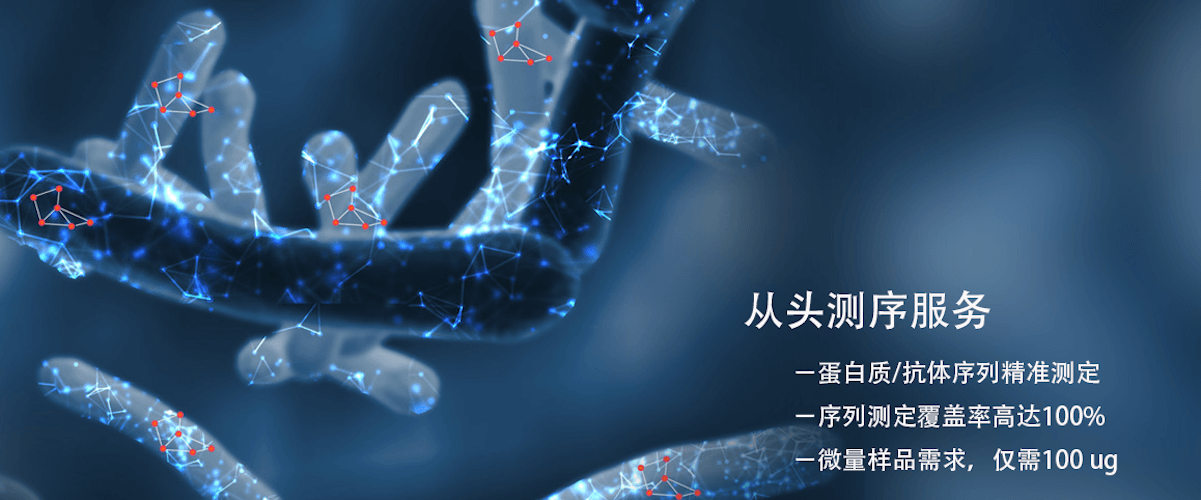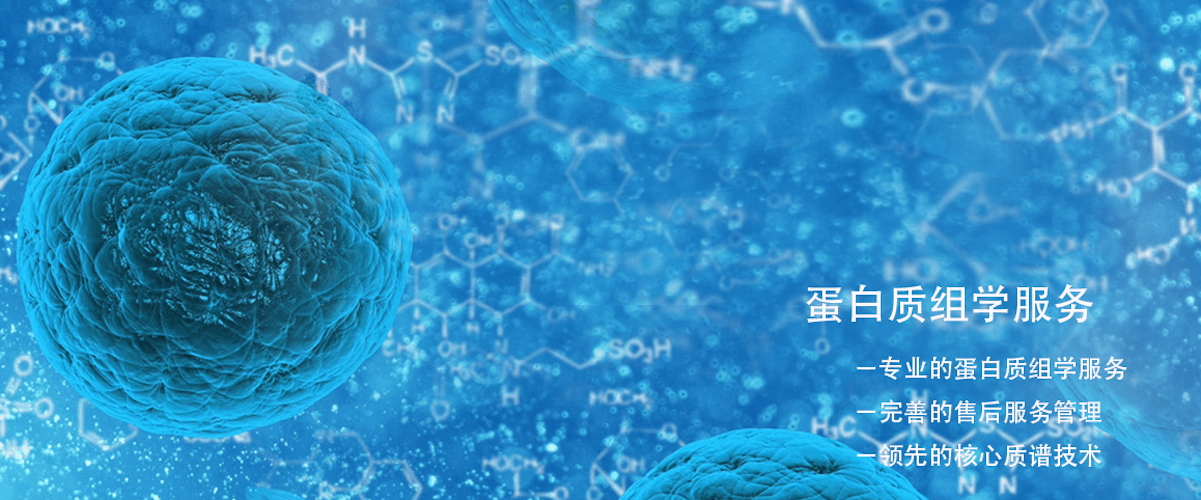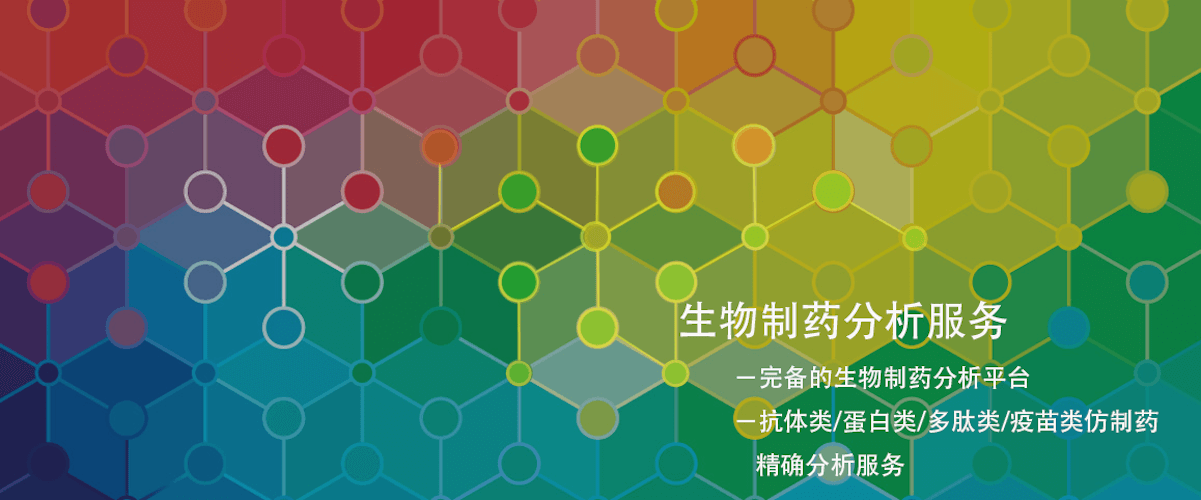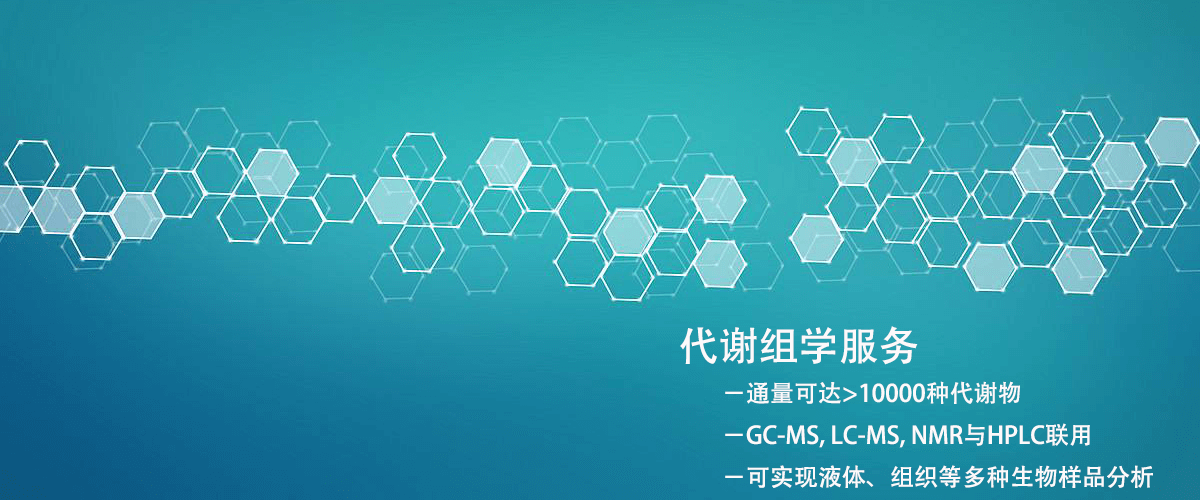1D SDS-PAGE and IEF Services
BaiTai Parker Biotechnology provides one-stop protein gel service solutions, including SDS-PAGE, IEF, and Native PAGE analysis.
1D SDS-PAGE service
Polyacrylamide gel electrophoresis (PAGE) is one of the most common techniques used for the separation of macromolecules, including DNA, RNA, and proteins. The electrophoresis process involves the migration of charged ions under the influence of an electric field. In this technique, the mobility of charged molecules is proportional to their net charge and the resistance of the solution through which they move. Sodium dodecyl sulfate (SDS) is an anionic detergent that, when dissolved, carries a net negative charge over a wide pH range. Polypeptide chains bind a certain amount of SDS proportional to their relative molecular mass, and the negative charges on SDS disrupt most of the complex structures of proteins.
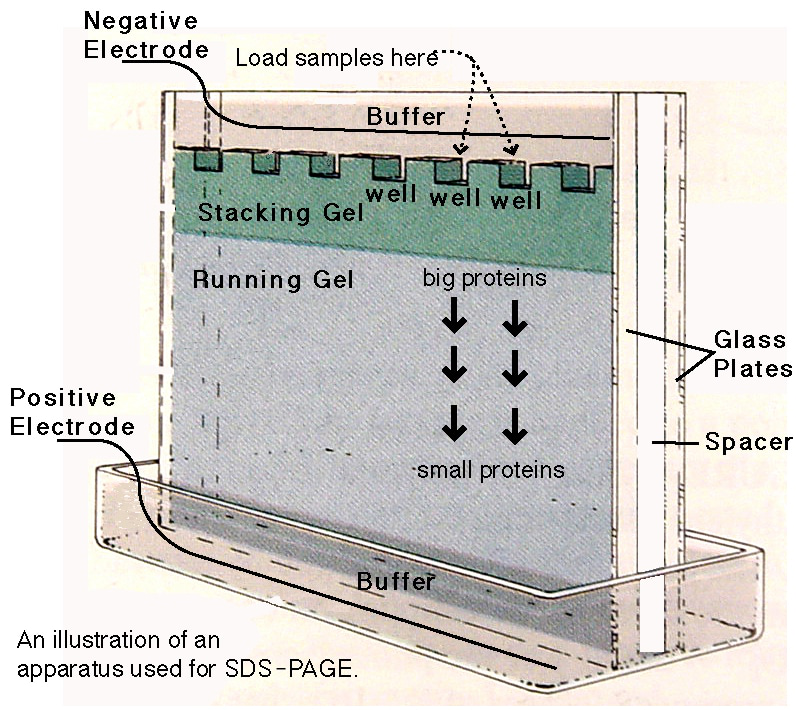
1D SDS-PAGE
When adding a protein mixture to the gel sample wells, it is possible for the largest proteins not to have migrated onto the gel while the smallest proteins have already run off the gel. To achieve better separation, the gel can be divided into stacking and separating gel layers. The bottom of the PAGE gel is a larger separating gel, while the top is a narrower stacking gel. The electrophoresis buffer is made of glycine at pH 8.3, with the stacking gel having a pH of 6.8 and the separating gel having a pH of 8.8. During electrophoresis, the current is carried by negatively charged molecules migrating in the same direction. Since only about 10% of glycine molecules are negatively charged at pH 8.3, the current is mainly carried by Cl- ions in the stacking buffer, which move ahead of the proteins towards the bottom of the stacking gel. This causes the SDS-coated protein molecules to become sandwiched between the glycine molecules above and the Cl- below, concentrating them into much narrower bands than initially loaded.
With the application of current, proteins migrate into the separating gel. At this point, glycine in the separating gel buffer at pH 8.8 becomes negatively charged and migrates very quickly, almost in sync with the Cl- ions, with proteins following closely behind. Proteins carry the current as they migrate into the separating gel via the paths of the Cl- and glycine anions. Proteins become rod-shaped polyelectrolytes with similar hydrodynamic properties, and their mobility depends solely on their molecular mass.
SDS-PAGE is widely used inproteomics analysis, includingprotein molecular weight determination,protein identification, sample purity analysis,disulfide bond identification,protein quantification, etc.
Isoelectric Focusing (IEF) Analysis Service
Isoelectric focusing (IEF) is an electrophoretic technique that separates proteins based on their isoelectric points (pI). When pI=pH, the net charge of the protein is zero, and thus, the protein does not migrate in an electric field. In IEF, protein separation occurs in a polyacrylamide or agarose gel containing a mixture of ampholytes that migrate in the electric field to form a pH gradient within the gel. Protein molecules are concentrated in a medium with a pH gradient, and the current through the medium will create an oxidizing pole with a positive charge and a reducing pole with a negative charge. Charged protein molecules move towards the opposite charged pole until they reach the pH that matches their isoelectric point, at which point their net charge is zero, and they stop moving in the gel.
Thus, proteins with the same isoelectric point are concentrated in fixed bands at specific pH levels. Each protein is located in the pH gradient at a position corresponding to its pI. IEF technology offers extremely high resolution, capable of separating proteins that differ by only one charge into different bands.
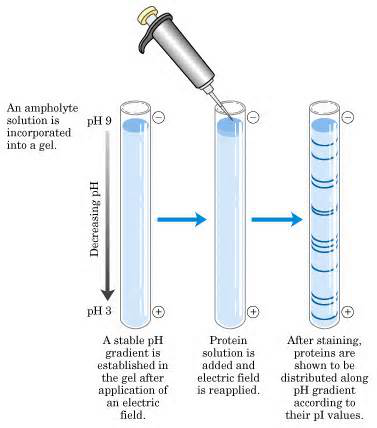
Baudin, B. Gel Electrophoresis - Principles and Basics. 2012.
Isoelectric Focusing (IEF) Analysis
How to order?


